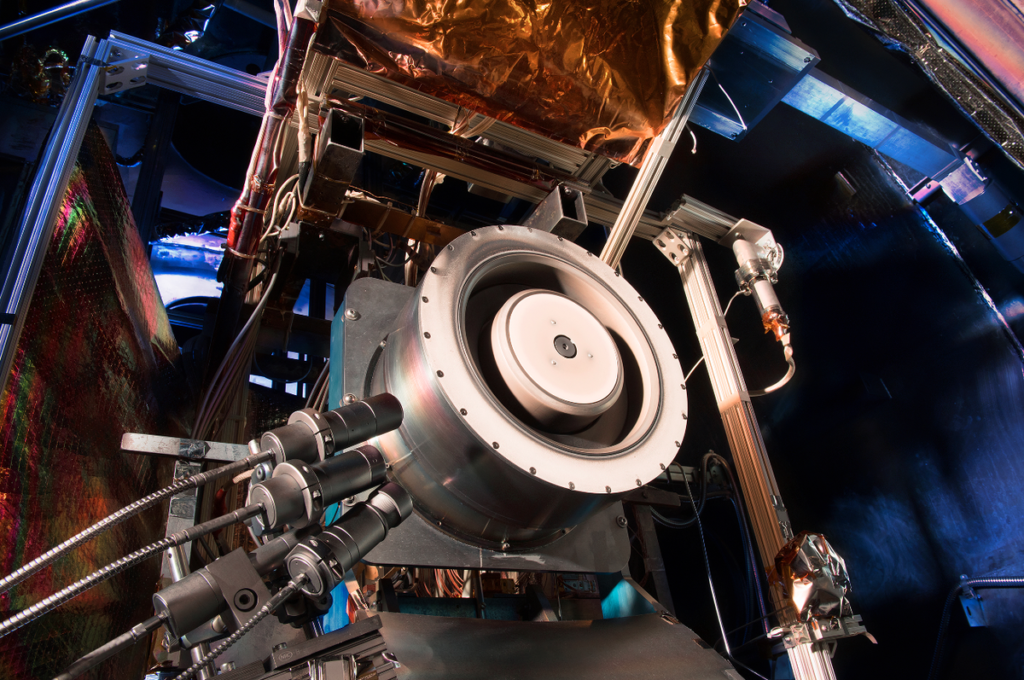Propulsion systems are at the heart of how we explore space and travel through the skies. Whether it’s launching a spacecraft or flying an aircraft, these systems are crucial for overcoming gravity and maneuvering in space. In this article, we’ll dive into the fascinating world of propulsion systems, exploring their types, components, and the role they play in space exploration and technology advancements.
Introduction to Propulsion Systems
Propulsion systems are designed to move objects by generating thrust, which is the force that propels them forward. They work on fundamental principles of physics, converting energy into movement. Understanding these systems is essential for grasping how rockets launch into space or how airplanes achieve flight.

Propulsion systems can be broadly categorized into three types: chemical, jet, and electric. Each type has its unique mechanisms and applications, making them suited for different purposes in aerospace and space exploration.
Types of Propulsion Systems
Chemical Propulsion
Chemical propulsion relies on the combustion of chemical propellants to generate thrust. The most common examples include:
- Rocket Engines: These engines use liquid or solid propellants to produce high-speed exhaust gases, creating thrust.
- Solid Rocket Motors: These use a solid propellant that burns from within, providing a powerful thrust for launch vehicles.
Chemical propulsion systems are the backbone of most space missions due to their high thrust and reliability.
Jet Propulsion
Jet propulsion involves the expulsion of high-speed air to generate thrust. Key types include:
- Turbojets: These engines compress air, mix it with fuel, and ignite it to produce thrust.
- Turbofans: These are similar to turbojets but with a fan that provides additional thrust and efficiency, commonly used in commercial aircraft.
Jet propulsion is essential for aircraft, allowing them to achieve and maintain flight through the atmosphere.
Electric Propulsion
Electric propulsion systems use electrical energy to accelerate propellants. Prominent examples include:
- Ion Thrusters: These use electric fields to accelerate ions, providing high-efficiency thrust for long-duration space missions.
- Hall Effect Thrusters: These are similar to ion thrusters but use magnetic fields to enhance ion acceleration.
Electric propulsion systems are increasingly used for deep space exploration due to their efficiency and long operational life.
Hybrid Propulsion
Hybrid propulsion systems combine elements from different propulsion types. For instance:
- Combination of Chemical and Electric Systems: This approach leverages the high thrust of chemical propulsion with the efficiency of electric propulsion.
Hybrid systems offer a balance between power and efficiency, making them suitable for various applications in modern spacecraft and vehicles.
Key Components of Propulsion Systems

Understanding the key components of propulsion systems helps in grasping how they work and their impact on performance.
- Propellants: These are the substances used to produce thrust. They can be liquid or solid, and their type and characteristics affect the propulsion system’s efficiency.
- Thrust Mechanisms: These mechanisms are responsible for converting energy into thrust. They include components like thrust vector control, which adjusts the direction of the thrust.
- Engines: The core of any propulsion system, engines vary in design and functionality. Efficiency metrics are crucial in determining their performance.
Propulsion Systems in Different Applications
Propulsion systems are tailored to specific applications, from space exploration to commercial aviation.
- Spacecraft Propulsion: For space exploration, rocket engines and ion thrusters are commonly used. Recent innovations include more efficient electric propulsion systems for deep space missions.
- Aircraft Propulsion: Jet engines and turbofans are critical for aircraft. Advancements in technology continue to improve performance and fuel efficiency.
- Automotive Propulsion: Hybrid and electric vehicles are changing the automotive industry, reducing emissions and enhancing fuel efficiency.
Advanced Propulsion Technologies
The future of propulsion systems is filled with exciting possibilities. Some of the most promising advancements include:
- Plasma Propulsion: This technology offers high efficiency and potential for future space travel.
- Advanced Materials and Designs: Innovations in materials science are enhancing propulsion system performance and durability.
These advancements are shaping the future of space travel, making long-duration missions and interstellar exploration more feasible.
Challenges and Considerations

While propulsion systems are crucial for modern technology, they come with challenges:
- Technical Challenges: Designing efficient and reliable propulsion systems requires overcoming various technical hurdles.
- Environmental Impact: The emissions from certain propulsion systems can have environmental consequences. Sustainability in propulsion is becoming increasingly important.
Conclusion
Propulsion systems are fundamental to our journey into space and our daily travels. From the rockets that launch us into the cosmos to the aircraft that carry us across the skies, these systems are central to modern technology. As we continue to advance in this field, understanding and improving propulsion systems will be key to our future exploration and transportation capabilities.
For those interested in diving deeper into the world of propulsion systems and space exploration, numerous resources and ongoing research provide valuable insights into the next frontiers of technology.
FAQs About Propulsion Systems
What is a propulsion system?
A propulsion system is a mechanism that generates force to move an object. It converts energy into thrust, allowing vehicles to move through space or air. Common types include chemical, jet, and electric propulsion systems. Each type serves specific needs depending on the application, from rockets launching into space to aircraft flying through the atmosphere.
How does chemical propulsion work?
Chemical propulsion relies on the combustion of propellants to create thrust. In this system, fuel and oxidizers react chemically to produce high-speed gases. These gases are expelled out of the engine, generating thrust that propels the vehicle forward. This type of propulsion is widely used in rockets and missiles due to its high efficiency and power.
What are the main types of jet propulsion?
Jet propulsion systems include several types, such as turbojets, turbofans, and ramjets. Turbojets compress air, mix it with fuel, and ignite it to produce thrust. Turbofans include a fan that increases efficiency and thrust. Ramjets are used at high speeds, relying on incoming air pressure to create thrust. Each type is suited for different speeds and applications.








